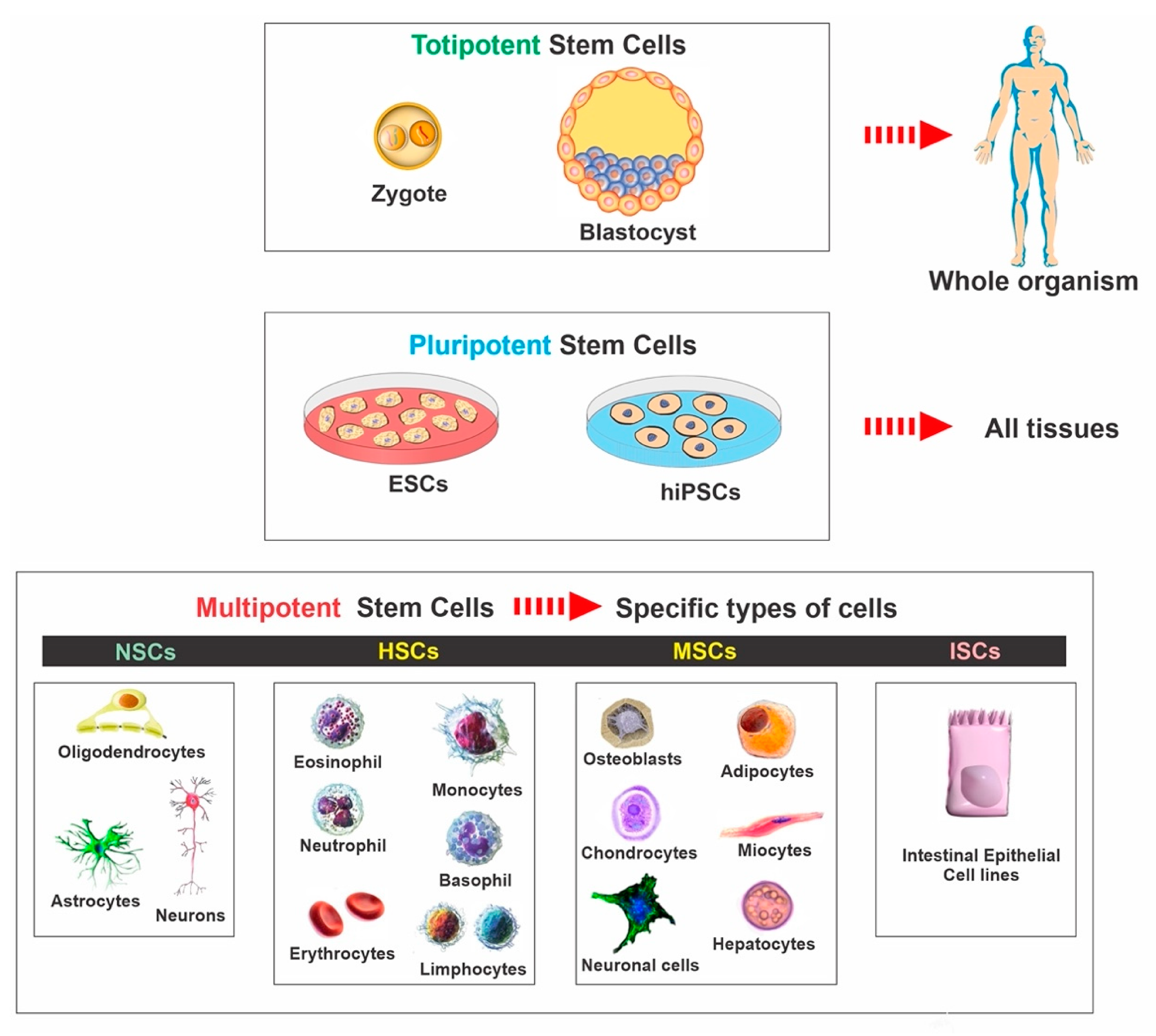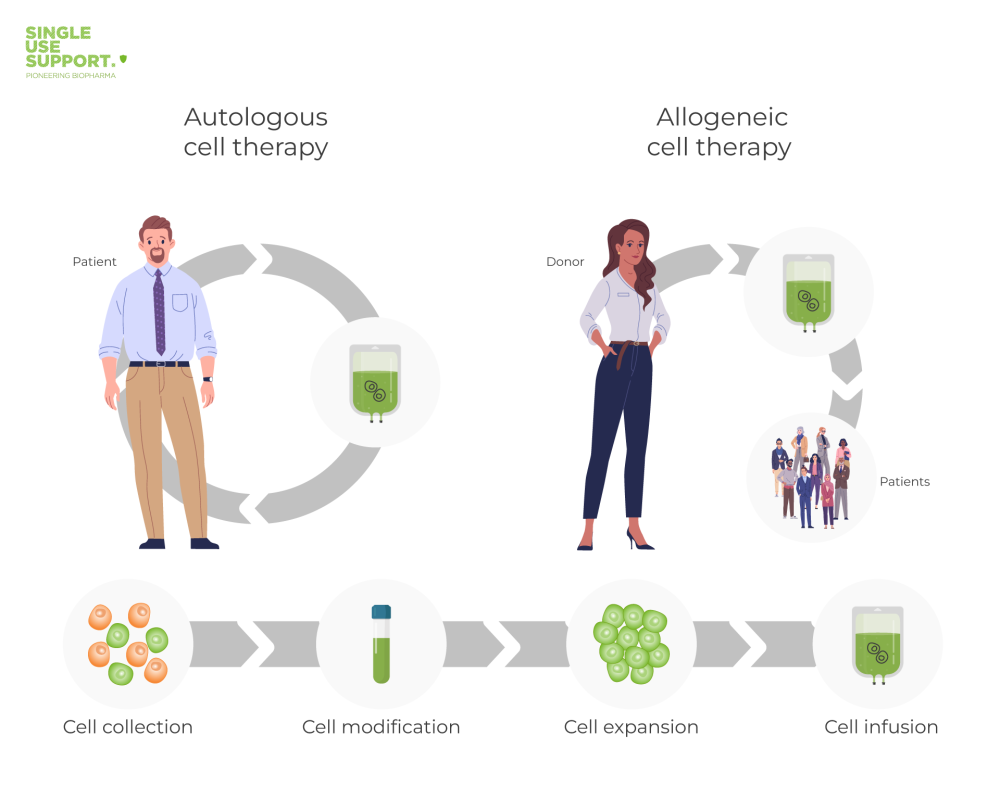Table of Contents

[/image][=video]
[/video]
There are many sorts of stem cells. Generally, the term stem cell refers to a category of cells that give surge to various other cells (like skin, blood, heart, and muscular tissue cells) by reproducing and setting apart in feedback to chemical signs. Totipotent stem cells appear at the earliest phase of growth and are the only stem cells which can create beginning stem cells and the placenta.
Bone marrow transplant (BMT) is a special treatment for people with particular cancers or various other conditions. A bone marrow transplant includes taking cells that are usually found in the bone marrow (stem cells), filtering those cells, and providing them back either to the contributor (person) or to an additional individual. The objective of BMT is to transfuse healthy bone marrow cells into an individual after his or her very own undesirable bone marrow has been treated to kill the unusual cells.
The blood cells that make various other blood cells are called stem cells. The most primitive of the stem cells is called the pluripotent stem cell.
It is the stem cells that are required in bone marrow transplant. The objective of a bone marrow transplant is to heal many illness and sorts of cancer cells. When the dosages of radiation treatment or radiation needed to treat a cancer are so high that a person's bone marrow stem cells will be permanently damaged or damaged by the treatment, a bone marrow transplant may be required.
Hormone Therapy around Saginaw, Michigan
This process is often called rescue. Change bone marrow with genetically healthy and balanced functioning bone marrow to stop more damage from a genetic illness procedure (such as Hurler's syndrome and adrenoleukodystrophy). The dangers and advantages have to be weighed in a complete discussion with your doctor and professionals in bone marrow transplants prior to the treatment.
There are different kinds of bone marrow transplants depending upon who the donor is. The different sorts of BMT consist of the following: The donor is the person himself or herself. Stem cells are drawn from the person either by bone marrow harvest or apheresis (a procedure of accumulating peripheral blood stem cells), frozen, and afterwards offered back to the client after extensive therapy.
The donor shares the same genetic type as the client. Stem cells are taken either by bone marrow harvest or apheresis from a genetically matched donor, generally a brother or sibling. Various other benefactors for allogeneic bone marrow transplants may include the following: A haploid-identical suit is when the contributor is a parent and the genetic suit goes to least half similar to the recipient.

Matching includes keying human leukocyte antigen (HLA) tissue. The antigens externally of these unique white blood cells establish the hereditary make-up of a person's body immune system. There are at the very least 100 HLA antigens; however, it is thought that there are a couple of major antigens that establish whether a contributor and recipient match.
Clinical research study is still investigating the function all antigens play in the process of a bone marrow transplant. The even more antigens that match, the much better the engraftment of donated marrow. Engraftment of the stem cells occurs when the contributed cells make their means to the marrow and start making new blood cells.
Stem Cell Therapy in Saginaw, Michigan
All people collaborate to provide the very best chance for a successful transplant. The team consists of the following: Healthcare service providers that specialize in oncology, hematology, immunology, and bone marrow hair transplant. A nurse that arranges all facets of care provided before and after the transplant. The registered nurse planner will supply patient education and learning, and collaborates the diagnostic screening and follow-up care.
Experts who will assist you fulfill your nutritional demands prior to and after the transplant. A number of other group participants will certainly examine you before transplant and will certainly provide follow-up treatment as required.

A complete case history and physical examination are done, consisting of numerous tests to evaluate the person's blood and body organ functions (as an example, heart, kidney, liver, and lungs). A person will usually enter into the transplant facility approximately 10 days prior to transplant for hydration, assessment, placement of the central venous line, and other prep work.
Blood items and medications will be offered with the catheter throughout therapy. For an allogeneic transplant, an appropriate (tissue entered and matched) donor must be offered. Discovering a matching benefactor can be a difficult and lengthy procedure, especially if a sibling suit is not available. Volunteer marrow contributors are registered in numerous nationwide and worldwide windows registries.
Donor resources available consist of: self, sibling, parent or loved one, nonrelated individual, or umbilical cable from a relevant or nonrelated individual. There are nationwide and worldwide registries for nonrelated people and cable blood. Some relative may be keyed in due to the need to help. These loved ones might or may not elect to have their type registered for usage with various other recipients.
Medical Group local to Saginaw, Michigan
Tests associated with his/her health and wellness, direct exposure to infections, and genetic evaluation will be done to figure out the level of the suit. The benefactor will be offered guidelines on just how a bone marrow contribution will certainly be made. Once a suit for a patient needing a bone marrow transplant is discovered, after that stem cells will be gathered either by a bone marrow harvest.
Or by a peripheral blood stem cell collection. This is where stem cells are collected from the distributing cells in the blood. Of the two, outer blood stem cell contributions are now extra common. Cable blood has actually currently been accumulated at the time of a birth and saved for later use.
Navigation
Latest Posts
Menopause Treatment servicing Saginaw, Michigan
Stem Cell Therapy in Saginaw, Michigan
Menopause Therapy